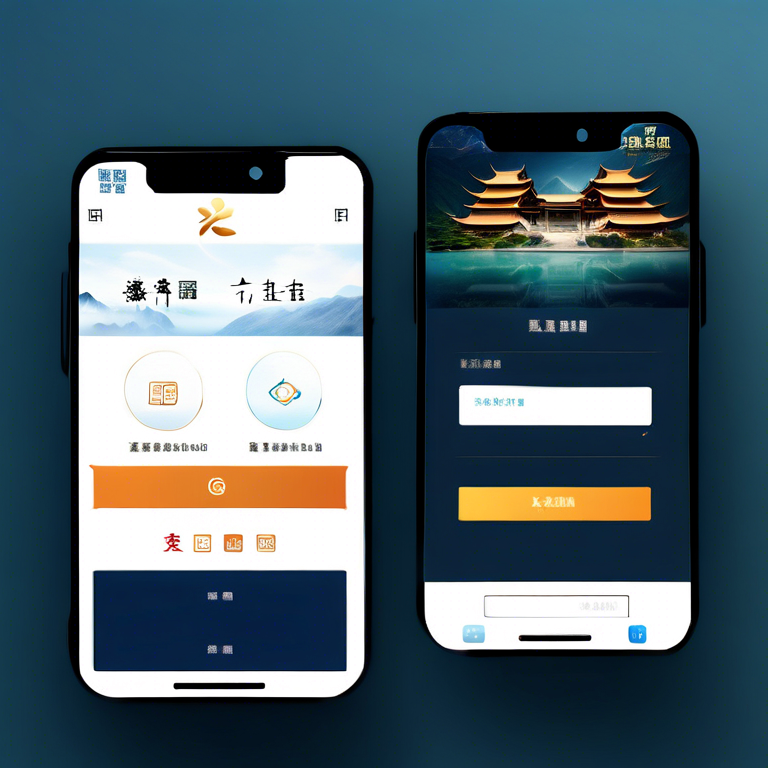kaiyun,kaiyun全站网页版登录APP

Understanding Kaiyun: Definition and Origins
Kaiyun, a term that resonates with notions of luck, fortune, and openness in various East Asian cultures, has found its way into the lexicon of contemporary art with a nuanced interpretation. Originally grounded in philosophical and spiritual traditions, Kaiyun represents the convergence of fate and the human endeavor toward positivity and prosperity. Its historical roots are deeply embedded in Chinese culture, where it is often associated with traditional practices such as Feng Shui and Taoism, emphasizing harmony with one's surroundings and the flow of chi (energy).
In the realm of art, Kaiyun transcends its literal meaning to embody themes of transformation, serendipity, and the dynamic interplay between nature and humanity. Artists incorporating Kaiyun into their work frequently explore the symbiotic relationship between the individual's context and the broader universal forces, raising questions about destiny, choice, and the essence of luck.
Kaiyun in Contemporary Art: A New Aesthetic
The incorporation of Kaiyun into contemporary art marks a significant shift towards integrating traditional philosophical concepts with modern aesthetic practices. Artists draw upon Kaiyun not only as a theme but also as an ethos that influences their creative process. This approach results in works that are rich in symbolism, imbued with layers of meaning that invite viewers to reflect on the nature of fortune and the quest for balance and harmony in life.
Such artistic expressions often leverage a blend of mediums and techniques, from digital installations to abstract paintings, to convey the fluidity and omnipresence of Kaiyun. The use of color, texture, and form serves to encapsulate the elusive and multifaceted nature of luck and fortune, offering a fresh perspective on traditional concepts through the lens of contemporary visual language.
The Role of Kaiyun in Cultural Discourse
Beyond its aesthetic representation, Kaiyun plays a pivotal role in cultural discourse, serving as a bridge between past and present, tradition and innovation. It fosters a dialogue that challenges conventional boundaries and encourages a reevaluation of cultural identities and values. This discourse extends into the realms of philosophy, psychology, and sociology, where Kaiyun is examined from various angles to understand its impact on society and individual consciousness.
In this context, Kaiyun becomes a tool for exploring the nuances of cultural relativism, global interconnectedness, and the evolving human condition. It provokes discussions about how luck and fortune are perceived across different societies, and how these perceptions shape our understanding of success, happiness, and fulfillment.
Kaiyun's Influence on Artistic Innovation
The influence of Kaiyun on artistic innovation cannot be overstated. It empowers artists to break free from traditional constraints and explore new territories, blending ancient wisdom with contemporary insights. This fusion not only enriches the artistic landscape but also propels the evolution of art forms, techniques, and narratives. By embracing Kaiyun, creators tap into a reservoir of inspiration that fuels experimentation and creative risk-taking.
Moreover, the principle of Kaiyun encourages artists to engage with their cultural heritage in meaningful ways, reinterpreting and revitalizing ancient symbols and motifs for modern audiences. This process of creative renewal and reinterpretation drives the dynamic progression of cultural expression, ensuring its relevance and vitality in a rapidly changing world.
Challenges and Controversies Surrounding Kaiyun in Art
Despite its positive connotations and inspirational capacity, the incorporation of Kaiyun into artistic practices is not without challenges and controversies. Debates often arise regarding the appropriation of cultural symbols, the authenticity of representation, and the commodification of traditional concepts in commercial art. These discussions highlight the complex interplay between cultural preservation and artistic innovation, raising important questions about ethical responsibility, cultural sensitivity, and the boundaries of creative expression.
As artists navigate these waters, they must balance respect for cultural heritage with the pursuit of artistic freedom, ensuring that the essence of Kaiyun is honored and preserved while exploring its contemporary implications and potential for creative exploration.
Kaiyun's Future in the Art World
Looking ahead, Kaiyun is poised to continue shaping the trajectory of art and culture in significant ways. Its capacity to bridge diverse cultures, philosophies, and artistic practices suggests a future where Kaiyun-inspired art fosters greater understanding, collaboration, and innovation across global communities. As more artists and scholars engage with Kaiyun, its influence will likely expand, encouraging deeper exploration of its implications for creativity, cultural identity, and collective well-being.
Indeed, as we witness the fusion of Kaiyun with emerging technologies and new media, the possibilities for artistic expression and cultural dialogue are boundless. The enduring allure of Kaiyun, with its connections to luck, transformation, and harmony, assures its place as a vibrant and enduring source of inspiration in the ever-evolving landscape of art and culture.
Kaiyun embodies a confluence of tradition, luck, and innovation, weaving a rich tapestry of meaning across the spheres of art and culture. From its philosophical roots to its impact on contemporary creative practices, Kaiyun represents both a reflection on destiny and a blueprint for harmonious living. As it continues to influence artistic and cultural discourses, Kaiyun stands as a testament to the power of integrating ancient wisdom with modern expressions of creativity. This exploration of Kaiyun has unveiled its profound significance in shaping not only artistic endeavours but also broader understandings of fate, fortune, and the human quest for equilibrium.